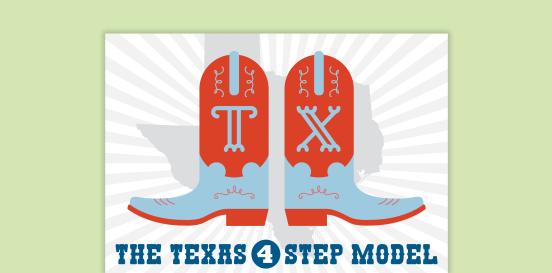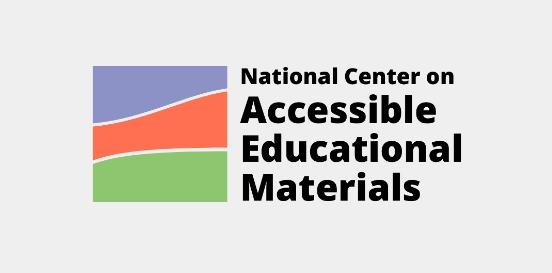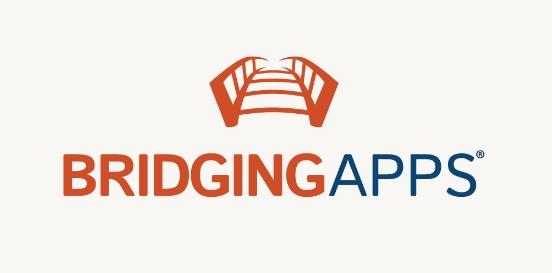Page Fluffer/Spacer
Students facing motor challenges might encounter problems when trying to turn pages. Page fluffers/spacers add extra thickness and substance to pages, facilitating a better grip and making page-turning easier. Page fluffers/spacers may come in permanent or removable varieties and are affixed to the page using glue, tape, adhesive-backed materials, clips, or any suitable means to secure the spacer in position.
Considerations
Take the following considerations into account when selecting and implementing AT to ensure that the chosen tools are well-suited to the student’s needs, align with their goals, and seamlessly integrate into their educational journey. By embracing a collaborative approach and considering the specific skills, tasks, and implementation context, educators can provide students with the necessary support to thrive academically and functionally, promoting inclusivity and fostering their overall success.
Skills and Tasks What skills or tasks will the student utilize this tool for? What areas, functional or academic, does this tool support?
Reading independence
Implementation Context In what activities, classes, or environments will the student utilize this tool?
Page Fluffers/Spacers could be used for:
- Hands-free reading: Students with physical disabilities or limitations in hand movement can use the page fluffer/spacer to hold open textbooks or reference materials, allowing them to read without needing to physically hold the pages open.
- Focus and attention: Some students may have difficulty maintaining focus or attention while reading. The page fluffer/spacer can help by keeping the pages open, reducing the need for constant adjustments and allowing the student to concentrate more on the content.
- Reducing fatigue: Holding a book open for extended periods can cause fatigue, especially for students with conditions like arthritis or muscular dystrophy. The page fluffer/spacer can alleviate this strain by holding the pages open, allowing for more comfortable reading over longer durations.
- Independence: For students who require assistance with tasks like holding books, the page fluffer/spacer promotes independence by allowing them to manage their reading materials without constant help from others.
- Improving ergonomics: Using a page fluffer/spacer can help students maintain better posture and ergonomics while reading, as they don't need to contort their bodies to hold books open.








